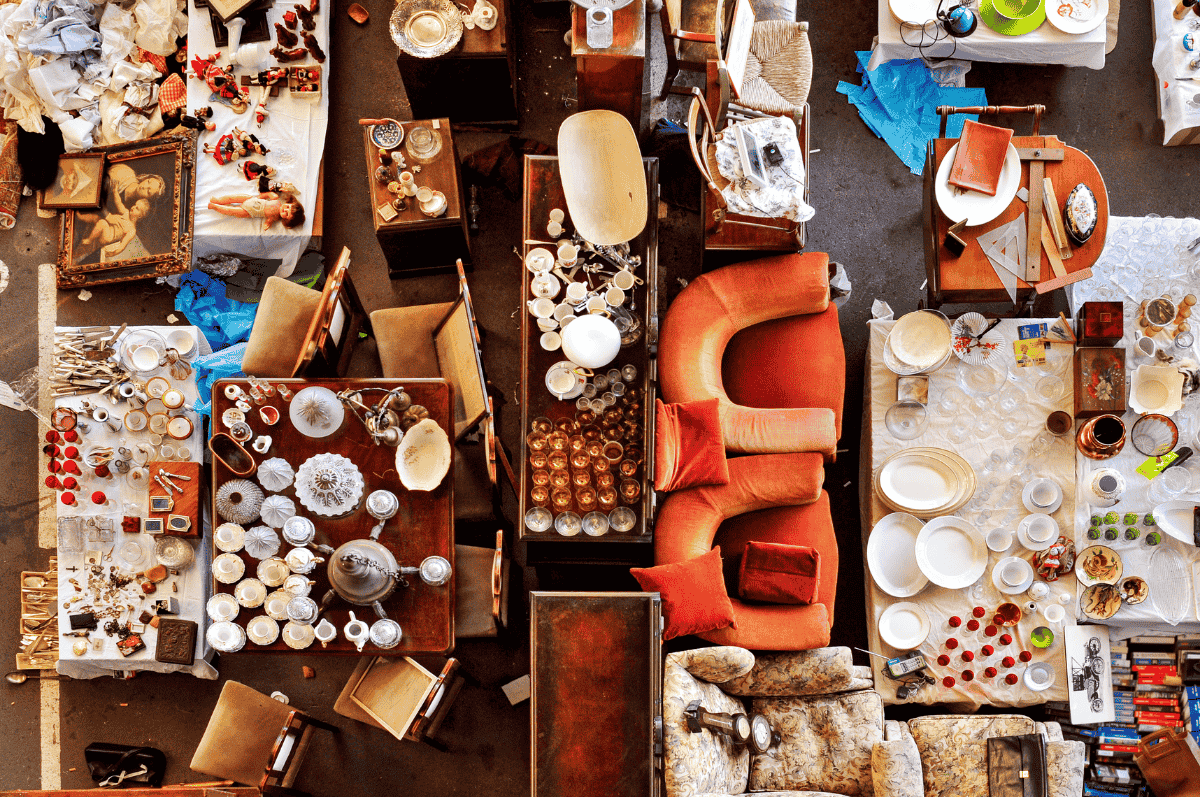
Not sure? Here’s how to spot a really good vintage find!
Vintage is great, but how can you be sure you’re not being scammed? Between quality pieces, fake antiques and end-of-life items, there are a few rules to know before you adopt a find. Here are some tips from an experienced hunter to help you make the right choice!
1. Check the materials (you can tell a good vintage!)
A good piece of vintage furniture or object can be recognised by touch and weight:
✔ Solid timber vs chipboard: Old wood is often heavy and textured, while modern chipboard productions are smooth and light. Run your hand over it, feel the grain!
✔ Metal & chrome: A quality vintage lamp will be heavy and have thick chrome. If it is too light or the finish is flaking, run away.
✔ Glass & ceramics: Choose blown glass and handcrafted ceramics, which are much more robust than modern copies.
2. Look at the condition (a nice patina, yes! A ruin, no.)
Vintage charm is all about experience, not decrepitude! Before buying, ask yourself these questions:
✔ Wood: Stripes or a patina are normal. However, if the furniture is crumbling or infested with woodworm, move on.
✔ Metal: A little oxidation? It’s charming. Rust that has attacked the structure? Not so charming.
✔ Seating (chairs, armchairs): Test them! If they creak to death or the wood seems fragile, it’s best to think again.
✔ Fabrics & leather: A nice patina is a plus. But if the covering is too damaged, budget for repairs.
3. Make sure it has a place in your home
Having a favourite is good. Having a measured favourite is better!
✔ Take measurements before buying (a 2m sideboard that doesn’t fit through the door is a bit of a bummer).
✔ Check the consistency of styles: a funky 70s armchair can totally match contemporary, but an XXL Art Deco sideboard in a minimalist studio… not so sure.
✔ Dare to make a statement: sometimes just one striking vintage item is enough to liven up a room.
4. The right price: smart bargain hunting without getting ripped off
Vintage is often more accessible than you think, but beware of fake bargains!
✔ Too good to be true? If an iconic designer item is being sold for a song, be wary. A check is in order.
✔ Compare! Vintage markets, e-shops and flea markets sometimes have surprising price differences for similar items.
✔ Look at small repairs: Sometimes a cheaper piece that needs sanding or varnishing can be worth it.
5. Trust your instincts, but don’t go in blindly
Vintage is also a question of feeling. But before you buy, ask yourself:
✔ Do I really love it or is it just the excitement of the moment?
✔ Will it really fit into my home?
✔ Is it functional? (Or just a nice object that I will store in a corner)
Conclusion: Choosing your vintage well is a matter of balance
With these tips, you’re ready to discover some real vintage treasures. Take your time, trust your instincts, and above all, have fun hunting! 💛
💡 Looking for a beautiful vintage piece? Take a look at my finds here!

